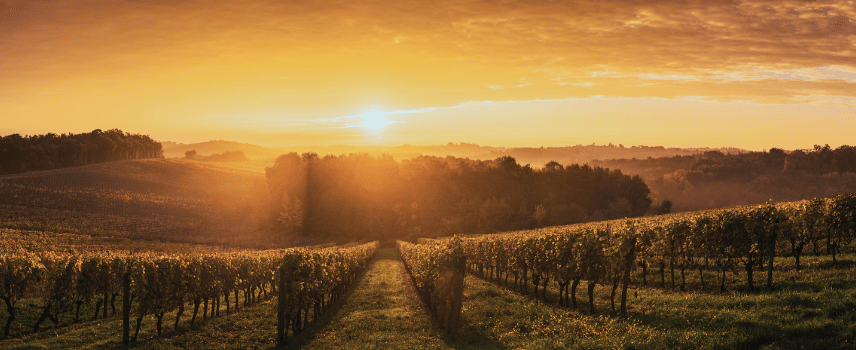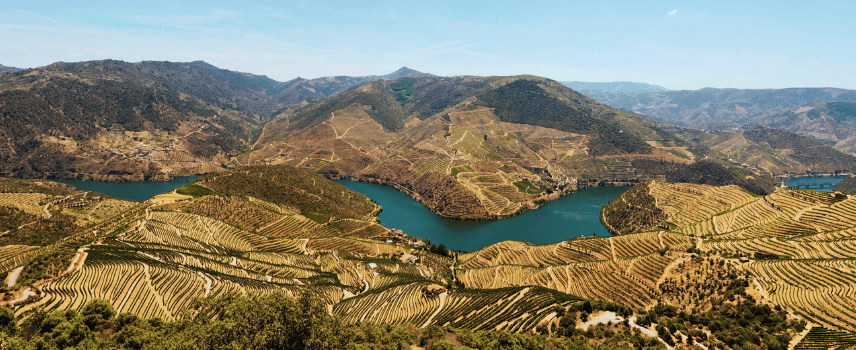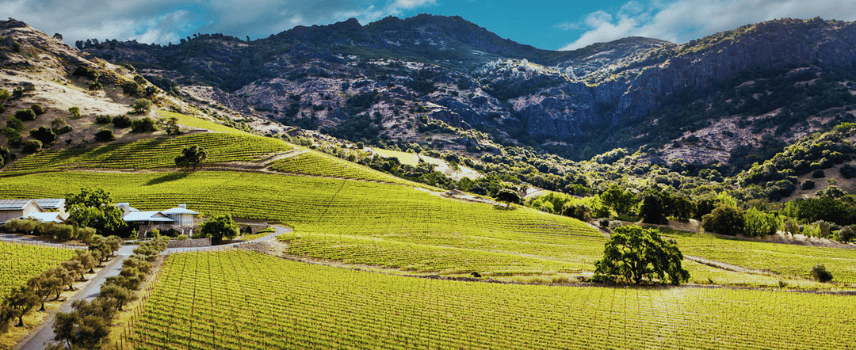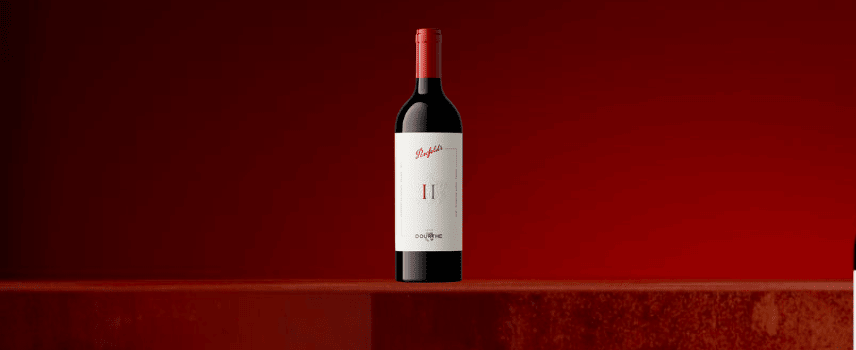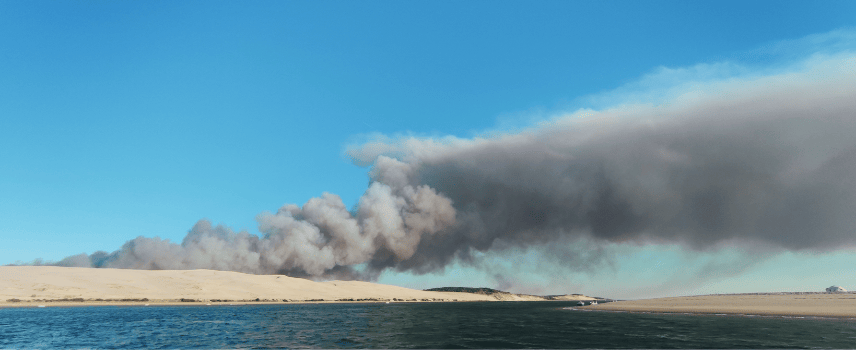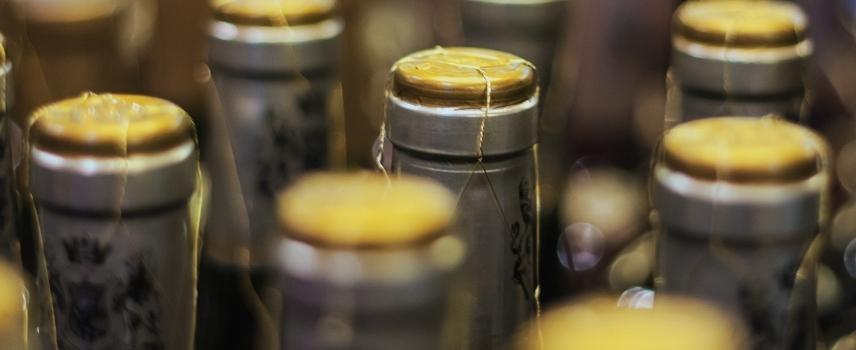Producers in Bordeaux welcomed the rain and cooler temperatures that arrived at the start of August with open arms. After six weeks of no rain, and with a prolonged heatwave, July of 2022 was announced as the driest on record since 1959.
The first white grapes of one of the key varietals that makes up the Bordeaux Blanc blend – Sauvignon Blanc – began arriving at wineries in the communes of Entre deux Mers, Graves and Pessac-Léognan from the 16th of August. The 2003 harvest that was previously considered very early, began on the 18th of August, making 2022 now the earliest ever vintage.
The president of the Pessac-Léognan syndicate, Jacques Lurton, commented on this ‘earliest ever harvest,’ to French press agency AFP. He said that it was caused by ‘the exceptional conditions of the year that have speeded up ripening. Right now the aromatics are high in Sauvignon Blanc, making it the perfect moment to start bringing them in’.
Yields are expected to come in slightly under the 50-year average and are predicted to be between 13-21% higher than the 2021 harvest that was severely affected by frost. While there was a summer drought this year, both flowering and fruit set took place at the perfect time which meant that yields weren’t impacted too much.
The recent rain, up to 20mm in the majority of communes, has helped refresh soils and vines, as well as increasing the size of the grapes which are reportedly still some 30% smaller than usual.
However, Bordeaux hasn’t been the only French wine region to have begun harvesting grapes early this year. The Rhône began on the 22nd of August: eight days earlier than last year. Roussillon also started picking grapes as early as the 3rd of August. Producers in both regions have expressed that, while the production levels may be down on average, they’re hopeful that great quality wines will be made.
Read more about the small but exceptional Port vintage expected in the Douro here.
